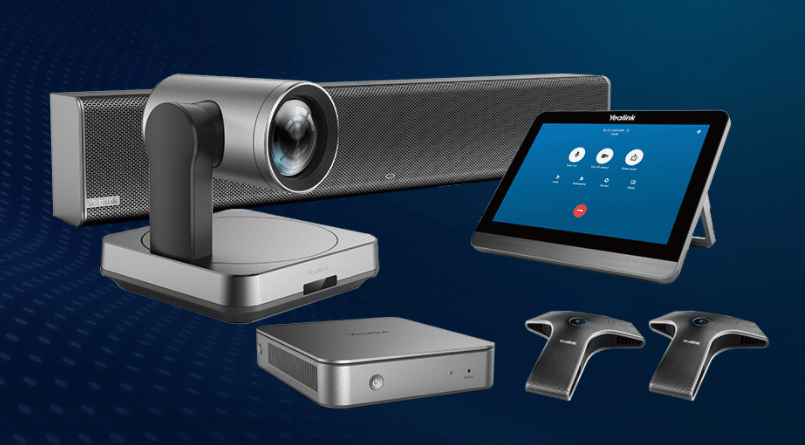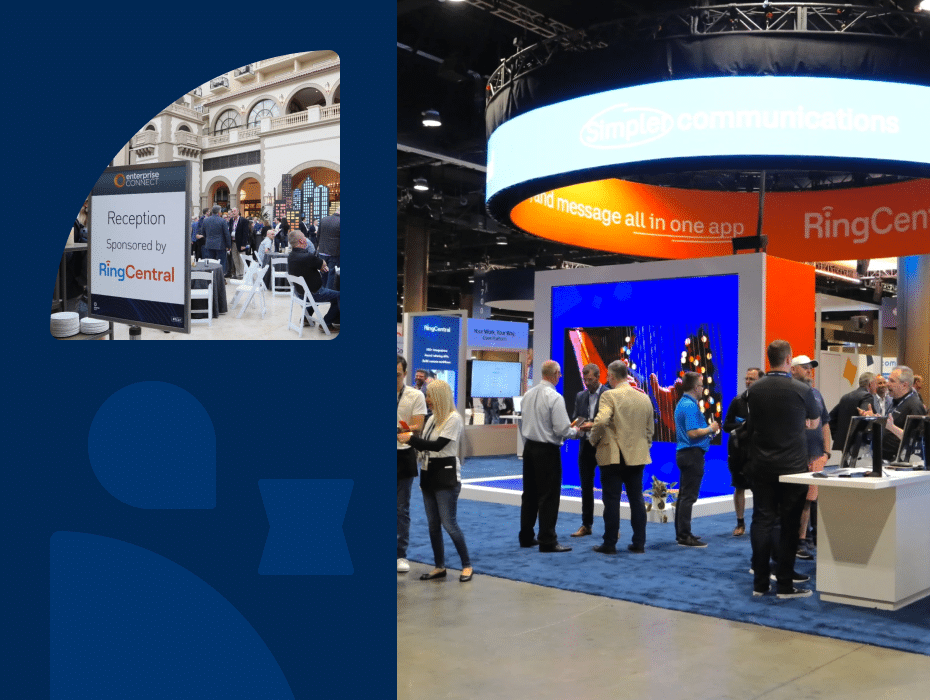Remember when weekdays meant waking up, commuting into the office, and working in the same place as all your colleagues from 9 to 5 every day? It’s been more than two years since the once-standard office grind we used to know ceased to exist.
And in those two years, we’ve been working from anywhere and everywhere—and I mean everywhere: the dining room table, the couch, our bedrooms and cars, coffee shops, on my phone while walking the dog. In fact, a colleague of mine even worked from his vacation recently.
⭐ Ready to go hybrid or remote? ⭐
Here’s the secret to a successful hybrid and remote-first workplace.
This kind of flexibility was unheard of just a few years ago. Look how far we’ve come. Roughly 9 in 10 businesses plan to maintain hybrid work schedules—a trend that’s occurring across companies of all shapes and sizes and sectors.
As a result, all levels of the workforce—leadership, managers, employees—are considering how to give their workplaces a makeover to accommodate this shift.
So what makes a successful hybrid workplace? I recently had the opportunity to learn from all the amazing companies at Enterprise Connect 2022, and share my thoughts during a RingCentral theater session as well.
Here’s my take on the hybrid workplace:
1. Flexibility
At its heart, hybrid work is about flexibility. And while the first thing that comes to mind when you think about hybrid work is that employees get to choose the location where they perform their jobs, flexibility encompasses a lot more than just location.
For example, in the move to hybrid, organizations are also grappling with things like scheduling—should employees get to choose their own hours?—and whether vacations and PTO need to be as regimented as they commonly once were.

To get the full benefit of hybrid, employers need to broaden their definition of workplace flexibility. Now that work is no longer confined to the four walls of the office, companies have the opportunity to give employees what they really want, which is more control and autonomy over how they work.
Employers that truly embrace flexibility in all senses of the word stand to reap the benefits of a more productive and engaged workforce.
2. Management and purpose
Most leaders believe that employees need to work in-person to some degree to maintain company culture. But in a hybrid world, the things we do every day play an important role in how connected employees feel to each other—and to the company.
Although we don’t have the same daily in-person interaction, microtransactions—small everyday exchanges—are key to imparting meaning and preventing feelings of disconnect.
For managers, this means taking more opportunities to reinforce purpose. Instead of a quarterly review, finding everyday opportunities to assure employees that their work delivers purpose, and to understand their challenges, is key.
3. A video-first culture
There’s no doubt video meetings have been a lifeline for the last two years. When offices were forced home at the beginning of the pandemic, pretty much everything—one-on-ones, team meetings, office happy hours, and social events—pivoted to video immediately.
Video kept company culture strong and employees collaborative when everyone was forced to be apart. In a hybrid world, video is no less important—but how we use it is changing.
“The number of person-days in the office is never going back to pre-pandemic average, ever.”
There’s a reason for that: we’re not fully remote anymore, and our lives are becoming less and less static. Hybrid employees are constantly on the move—between their homes and offices and, as we discussed, all sorts of other places—and they need a video solution that can follow them anywhere.
What does that look like? In a nutshell, your video solution should be every bit as simple as walking into a meeting room and taking a seat. Look for video conferencing that’s:
- Accessible from anywhere
- Offers all the features employees need on any device
- Allows users to switch between devices during a meeting with a click, as they navigate different places and workspaces
- Lets users seamlessly connect to a meeting room in the office from their smartphones
RingCentral Rooms x Yealink

RingCentral and Yealink recently certified Yealink RVC 400/840 meeting kits for Mac & Windows for use with RingCentral Rooms.
Yealink has specially designed a high-performance mini-PC according to the unique characteristics of video conferencing rooms. With fully integrated cable management, this system provides a flexible and reliable deployment solution for any meeting room.
This gives even more flexibility to our customers when they deploy hardware for RingCentral Rooms.
4. Inclusivity
But video is just one piece of the puzzle. To keep all workers feeling engaged and connected, it’s critical to think through the full hybrid employee experience to make sure it’s inclusive to everyone regardless of where they work.
When it comes to scheduling, some employees may work in the office more frequently than others. This can confer unintentional benefits (and drawbacks for those at home). For example, those in the office may build closer connections due to physical proximity.
Due to a phenomenon called proximity bias, they may also be seen to be better workers than those who work from home more often. This bias can take an outsized toll on those who need to work from home more often: working parents, those with disabilities, and others who may not be able to come into the office as frequently (even if their jobs don’t require it).
To avoid such divisions, it’s important to establish a digital workplace that’s every bit as useful and conducive to connecting as physical workplaces. This requires a full collaboration toolset, such as RingCentral, with messaging, calling, and video that makes connecting with anyone in the company effortless.
5. A willingness to experiment and adapt
We still have a lot to learn about what works (and what doesn’t) as far as hybrid work is concerned. And that’s just fine: hybrid work is a new way of working, and it will take companies and even individual teams some trial and error to discover what suits them best.
Given that hybrid work is in its infancy, there’s not much data yet to inform best practices, and in the name of flexibility (there’s that word again), the best ways of working will likely come down to individual and team preferences to some extent.
But this is an exciting opportunity—and whether it’s trying new schedules, letting some meetings drop off, or making other adjustments, a willingness to try new things and discover what works for your team is key to making hybrid work a success.
Learn more about RingCentral Rooms and how video conferencing is closing the gaps in the future of work.
Originally published Apr 04, 2022, updated Nov 03, 2023





